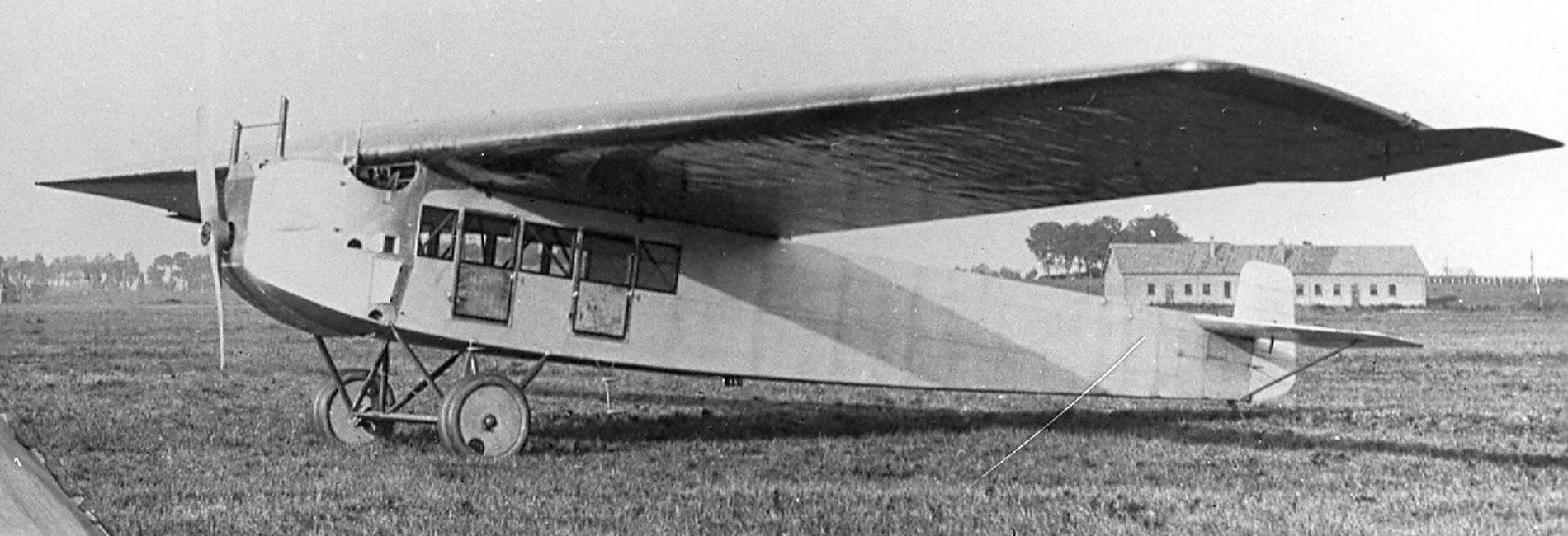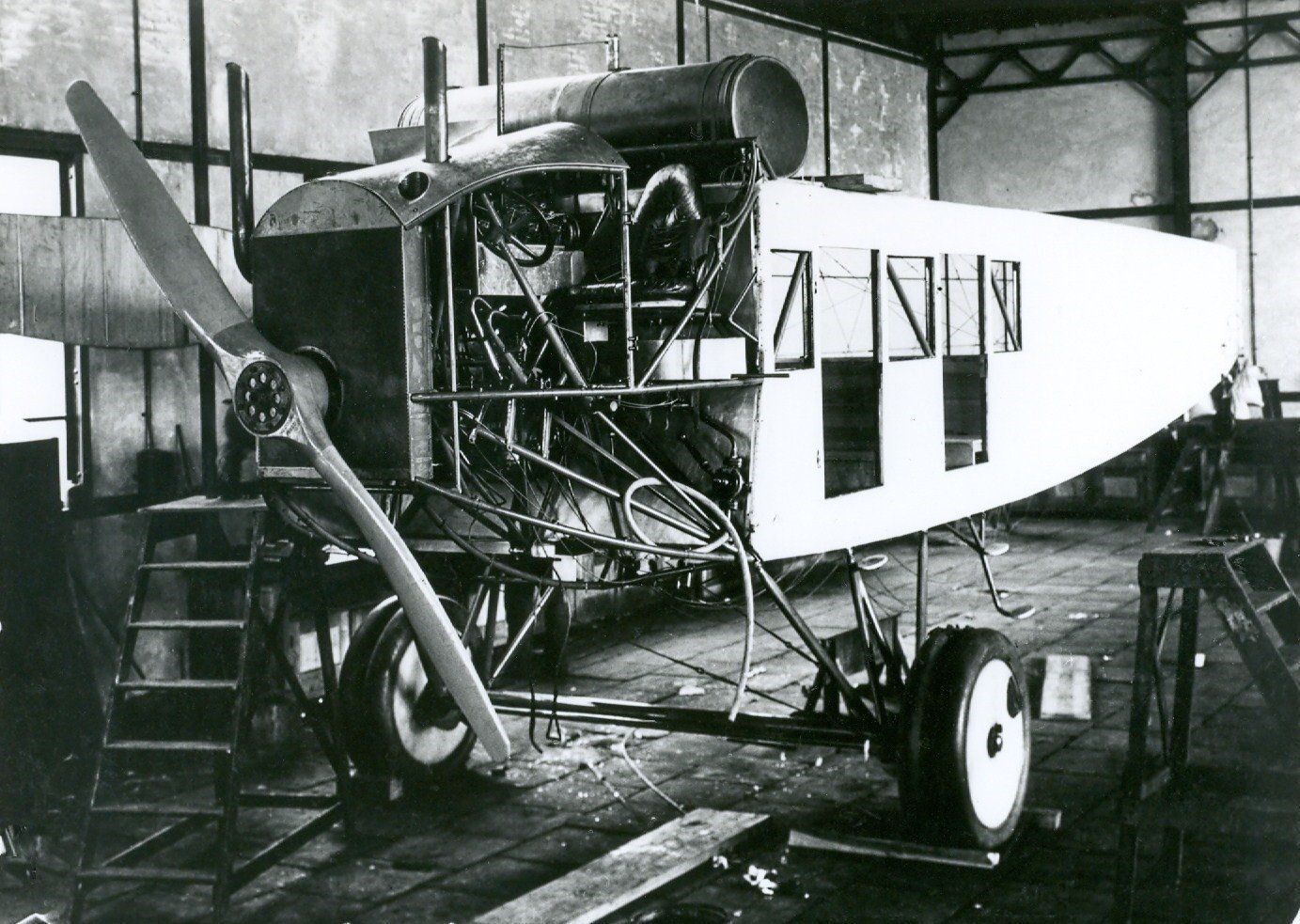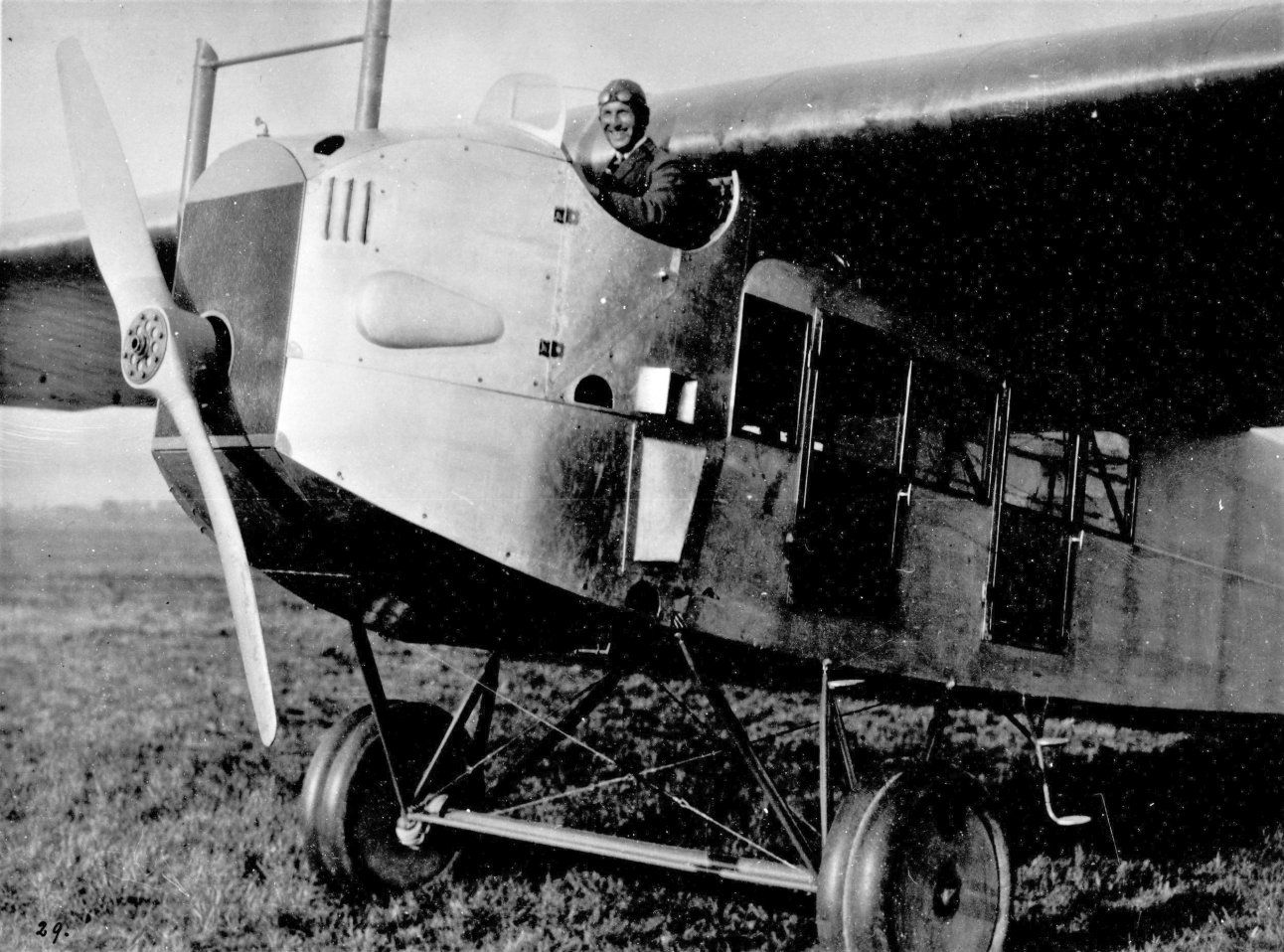Fokker F.IV
During a promotional tour of the United States in 1920, and with only a few sketches in his pocket, Anthony Fokker received an order for delivery of two F.IV’s of the USAAS, the United States Army Air Service,
The military authorities were well aware of the Fokker products that had until then been produced in Germany and the Netherlands.
Reinhold Platz designed the F.IV in 1920/21 as a high-decker with a long fuselage which made its maiden flight on October 1921.
The two F.IV’s were built in Veere. They could accommodate 12 passengers and were equipped with an American 400 HP 12 cylinder Packard-Liberty V engine.
Both airplanes were shipped in crates to the USA, the USAAS gave the F.IV the designation “T-2”.
The T stood for Transporter, although the F.IV was designed to carry 12 passengers, this never materialized in the USA.
One T-2 has been drastically modified, and used for long distance (record) flights for a number of years, And an additional seat for a second pilot had been created in the open cockpit.
The other T-2 was later on converted into an ambulance plane for transporting the sick and injured. This T-2 was then redesignated A-2, Ambulance.
Anthony Fokker would have loved to have seen the F.IV flying with a passenger airline in the USA. However, that did not materialize.
The F.IV used for the long-haul flights has been preserved in the
National Air and Space Museum (Smithsonian Institute) in Washington USA.
The American Fokker type T-2 will be looked at in a different perspective at a later point on this website.
Click on the photo to enlarge the photo














